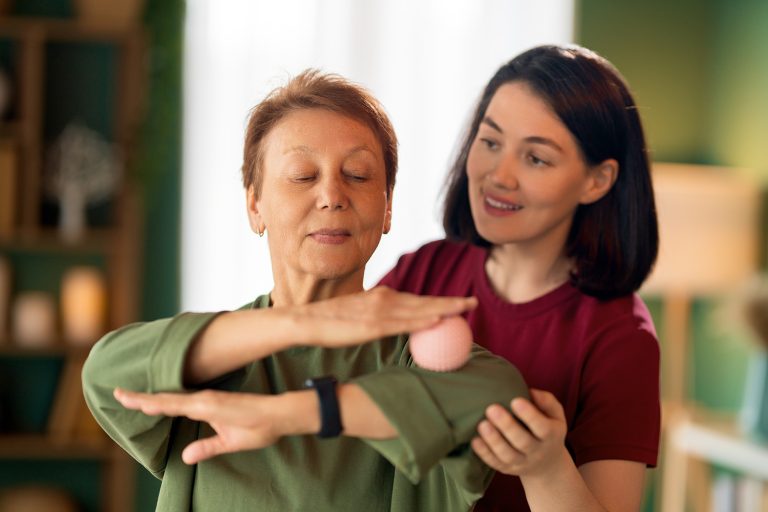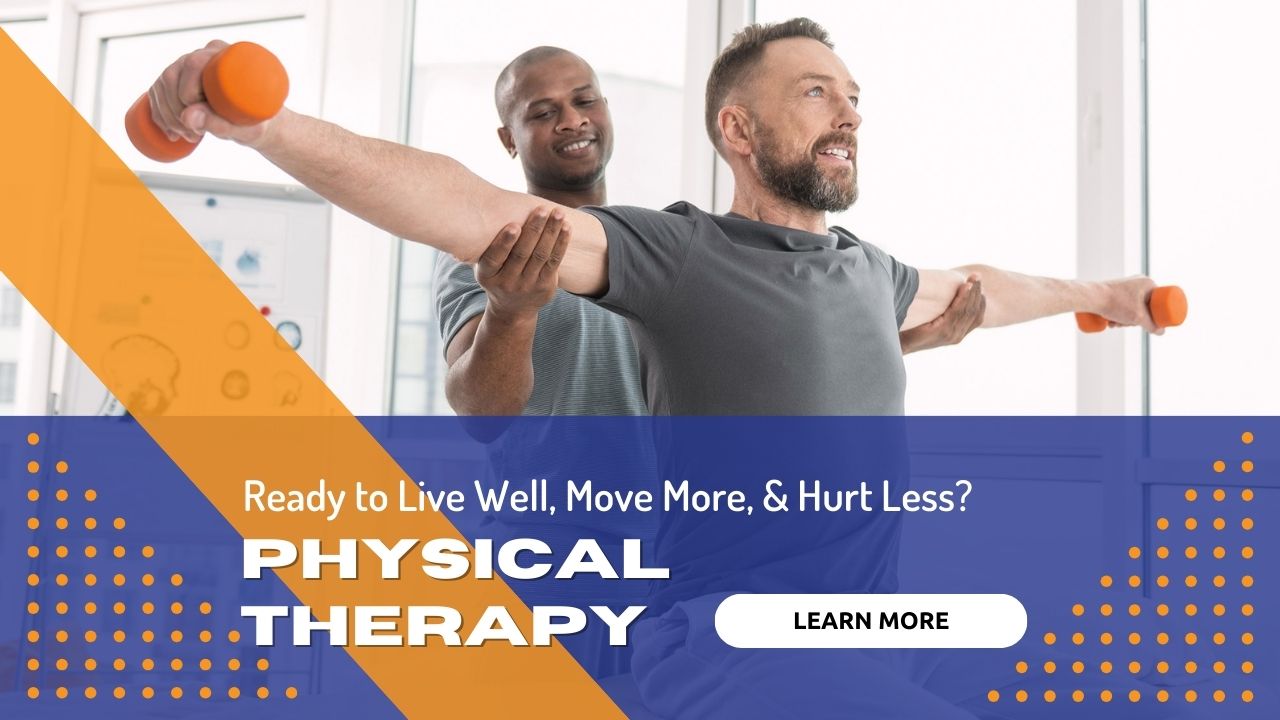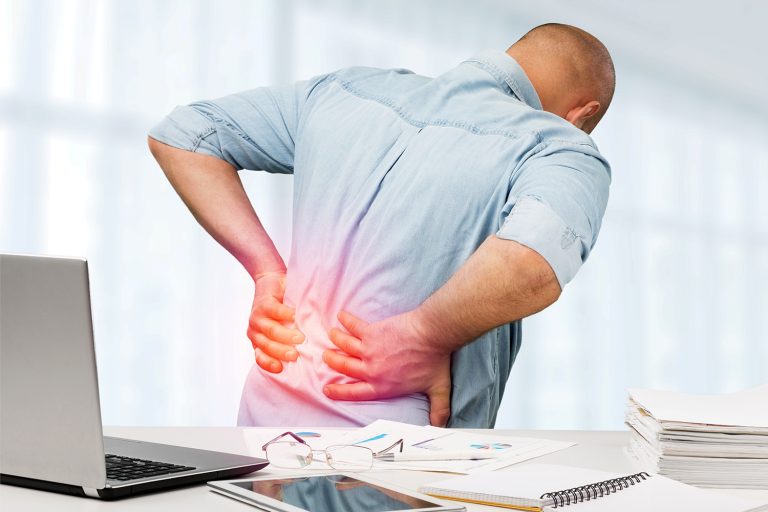

A Better Way to Reduce Your Pain
October is National Physical Therapy Month, and as medical professionals across the U.S. work together to expound the benefits of physical therapy, the team at Kinetic Physical Therapy & Wellness in Greenville are joining the American Physical Therapy Association (APTA) in highlighting a topic that affects the lives of millions: opioid awareness.
More specifically, the goal is to create awareness around the fact that physical therapy is a safe and effective alternative to opioids (i.e., Vicodin and OxyContin) for long-term pain management.
This is according to the Centers of Disease Control and Prevention (CDC), which in March of 2016 released guidelines urging non-opioid solutions (such as physical therapy) for the management of chronic pain.
There’s definitely a time and a place for the use of prescription pain medication, but the misuse of opioids in our country is very real. The CDC reports more than 1,000 people are treated in emergency rooms every day for misusing prescription opioids.
Other scary facts about opioids, according to the CDC:
- Opioid misuse, overuse and addiction contributed to the death of nearly 20,000 Americans in 2014.
- Health care providers wrote 259 million prescriptions for opioid pain medication in 2012, enough for every adult in the U.S.
- As many as one in four people who receive prescription opioids long-term for non-cancer pain in primary care settings end up struggling with addiction.
It’s truly an epidemic in our country, but as a physical therapist I’m in a hopeful position to help people manage their chronic pain in ways that are safer and oftentimes more effective than using prescription drugs.
A number of studies over the years have pointed to movement, exercise and individualized physical therapy as effective options for treating chronic pain. A report about chronic pain released by the National Institutes of Health in January of 2015 specifically mentions physical therapy as a key, non-pharmaceutical option for treating, managing and event ending chronic pain.
“Despite what is commonly done in current clinical practice, there appear to be few data to support the long-term use of opioids for chronic pain management,” states the report titled “The Role of Opioids in the Treatment of Chronic Pain.”
“‘Movement is medicine,” is not a phrase we use lightly in the physical therapy profession, but the solution isn’t as easy as just suggesting movement and exercise. All who suffer from chronic pain are different, and through one-on-one care, we’re able to identify and address the physical as well as some of the mental and emotional factors that stand in the way of safe and effective pain care management.
From education, strength and flexibility exercises and manual therapy, to posture awareness, body mechanics instruction, and many other methods, physical therapists are licensed and trained to identify the causes of chronic pain, then establish individualized treatment plans for managing and possibly eliminating the pain.
Please Share
categories
Recent Posts
categories

A Better Way to Reduce Your Pain
October is National Physical Therapy Month, and as medical professionals across the U.S. work together to expound the benefits of physical therapy, the team at Kinetic Physical Therapy & Wellness in Greenville are joining the American Physical Therapy Association (APTA) in highlighting a topic that affects the lives of millions: opioid awareness.
More specifically, the goal is to create awareness around the fact that physical therapy is a safe and effective alternative to opioids (i.e., Vicodin and OxyContin) for long-term pain management.
This is according to the Centers of Disease Control and Prevention (CDC), which in March of 2016 released guidelines urging non-opioid solutions (such as physical therapy) for the management of chronic pain.
There’s definitely a time and a place for the use of prescription pain medication, but the misuse of opioids in our country is very real. The CDC reports more than 1,000 people are treated in emergency rooms every day for misusing prescription opioids.
Other scary facts about opioids, according to the CDC:
- Opioid misuse, overuse and addiction contributed to the death of nearly 20,000 Americans in 2014.
- Health care providers wrote 259 million prescriptions for opioid pain medication in 2012, enough for every adult in the U.S.
- As many as one in four people who receive prescription opioids long-term for non-cancer pain in primary care settings end up struggling with addiction.
It’s truly an epidemic in our country, but as a physical therapist I’m in a hopeful position to help people manage their chronic pain in ways that are safer and oftentimes more effective than using prescription drugs.
A number of studies over the years have pointed to movement, exercise and individualized physical therapy as effective options for treating chronic pain. A report about chronic pain released by the National Institutes of Health in January of 2015 specifically mentions physical therapy as a key, non-pharmaceutical option for treating, managing and event ending chronic pain.
“Despite what is commonly done in current clinical practice, there appear to be few data to support the long-term use of opioids for chronic pain management,” states the report titled “The Role of Opioids in the Treatment of Chronic Pain.”
“‘Movement is medicine,” is not a phrase we use lightly in the physical therapy profession, but the solution isn’t as easy as just suggesting movement and exercise. All who suffer from chronic pain are different, and through one-on-one care, we’re able to identify and address the physical as well as some of the mental and emotional factors that stand in the way of safe and effective pain care management.
From education, strength and flexibility exercises and manual therapy, to posture awareness, body mechanics instruction, and many other methods, physical therapists are licensed and trained to identify the causes of chronic pain, then establish individualized treatment plans for managing and possibly eliminating the pain.
Please Share
You May Also Like







